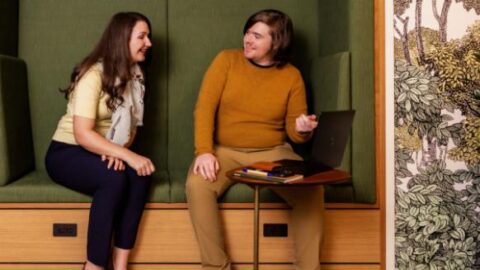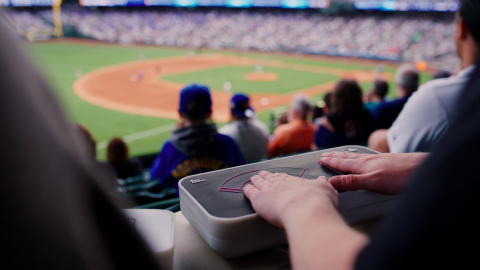Innovation Isn’t Just for the Young, it’s for Everyone, European Leader Says
The following blog post was written by Paul Nyhan, a staff writer with the Microsoft Accessibility Blog. Paul is a 20-year journalism veteran who has written extensively about disability issues.
—–
What if we viewed older generations as an opportunity, an exploding market and a potent fuel for innovation?
That’s the vision laid out by Neelie Kroes, chief of the European Commission’s digital agenda. Too often we look at the growing populations of senior citizens in Europe and the United States, where it will double between 2000 and 2030 the Administration on Aging reports, as challenges to manage, Kroes said in a speech last year. Instead, this group is a huge opportunity, she added.
“Ageing isn’t a problem, but a source of innovation and growth. It’s not just an expanding cost to be cut, but a growing market opportunity to be served. We shouldn’t protect powers and practices, but must come together to share, and see how we can do things differently,” Kroes said in her prepared speech entitled “Innovation isn’t just for the young” for the AGE Platform at the Europe General Assembly.
The key to doing things differently is to flip the way we view aging. Technology is often seen as the territory of the young, but Kroes points out the silver market, as she calls it, is potentially worth more than $4 trillion. And it will only grow as the Baby Boomer generation ages. This demand could fuel innovation in the health care industry – information technology could help people stay healthy and active as they age – and elsewhere, she said.
“But healthcare is just one part of an age-friendly EU. It’s also about having homes more suited to older people. Or building smarter cities, where it’s easier to get around, and which are more responsive to people’s needs,” Kroes added.
Kroes sums up her argument, and the broader need for accessible technology, well.
“And innovation isn’t just for the young: it’s for everyone. It can serve the most vulnerable in our society. It can help older people lead happier, healthier lives. And it can help in our shift to an age-friendly society. It can, and it should,” Kroes said.
Microsoft is actively doing just that. Last year, for example, the company joined forces with New York City on Exergamers NYC, which uses Kinect for Xbox to promote active and social lifestyles among the city’s seniors, everything from virtual bowling to Zumba. Read more at “Aging Gracefully with a Little Help from Technology, Senior Centers and Exergamers NYC.”
Check out the speech, the Microsoft Policymaker’s Guide for Technology and Older Adults and the European Innovation Partnership on Active and Healthy Ageing to learn more about innovation and aging.








